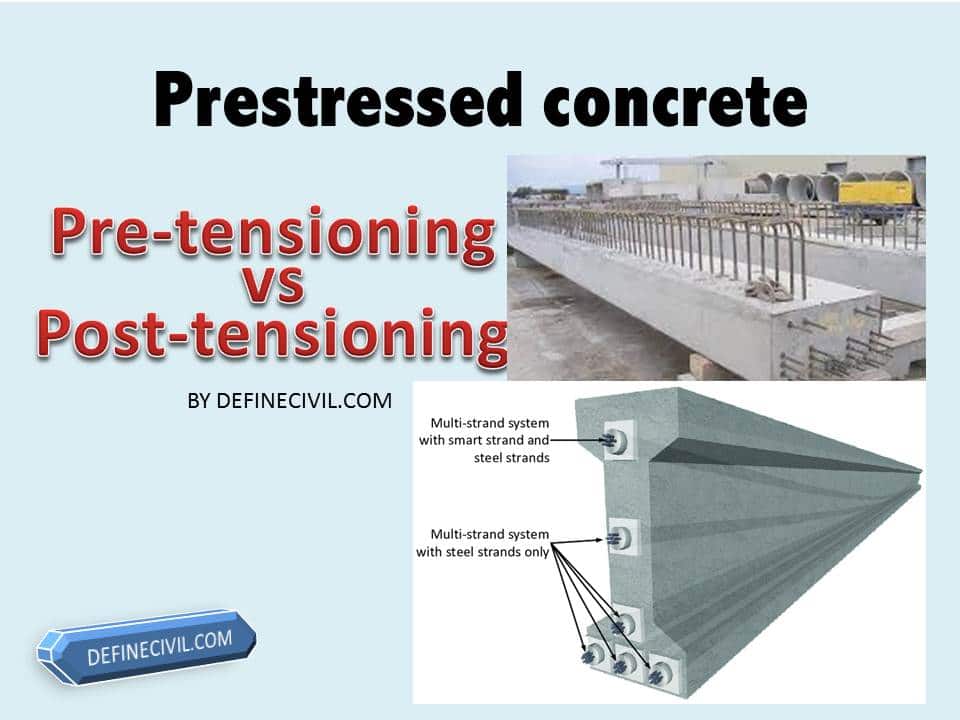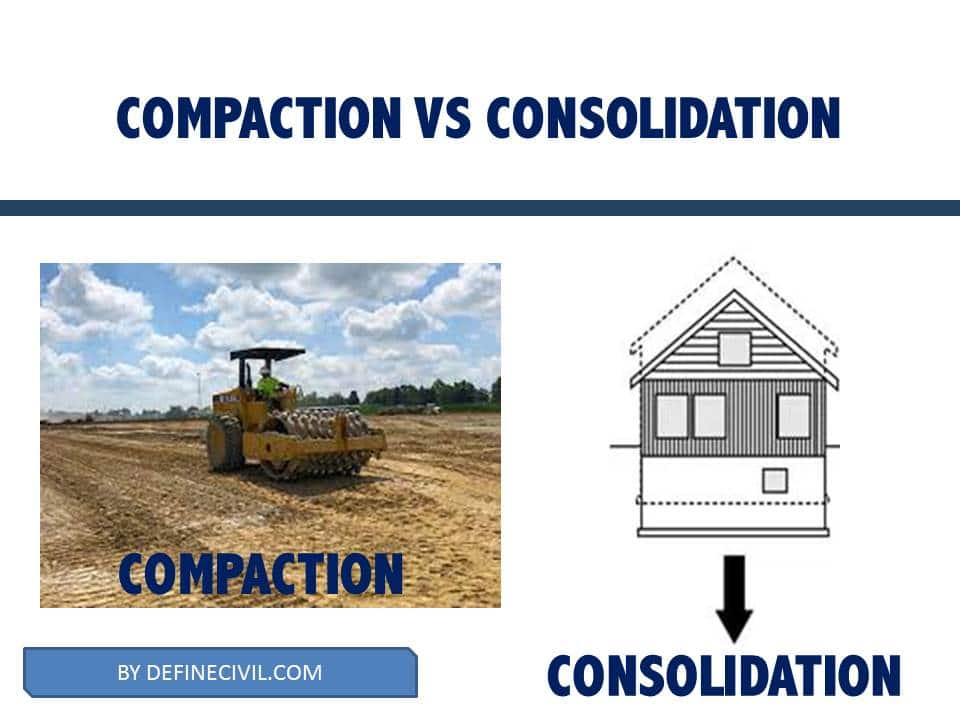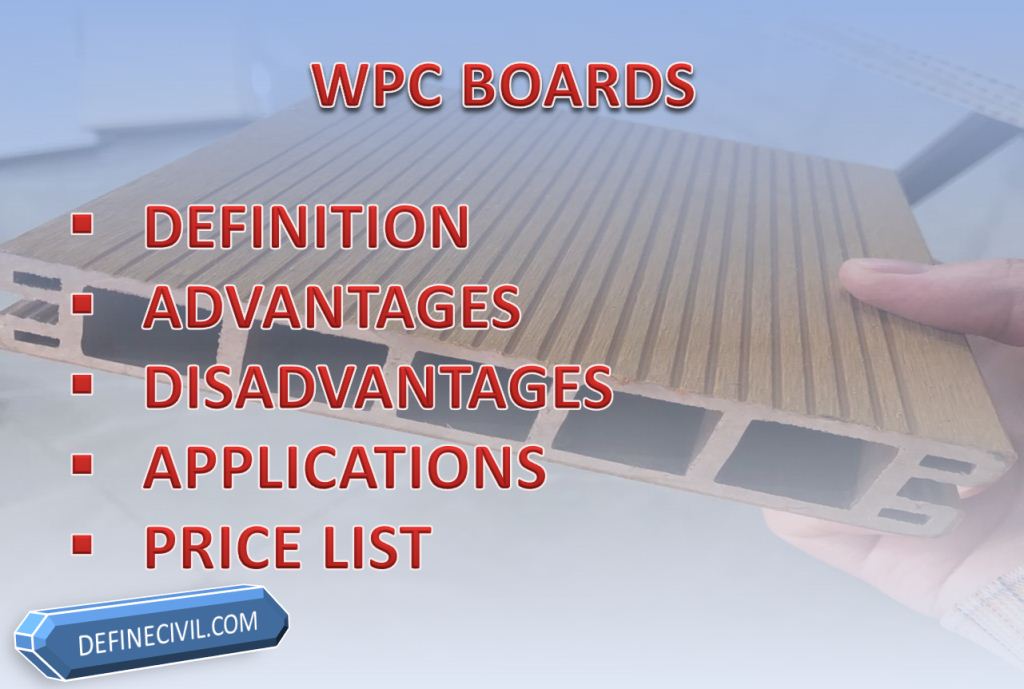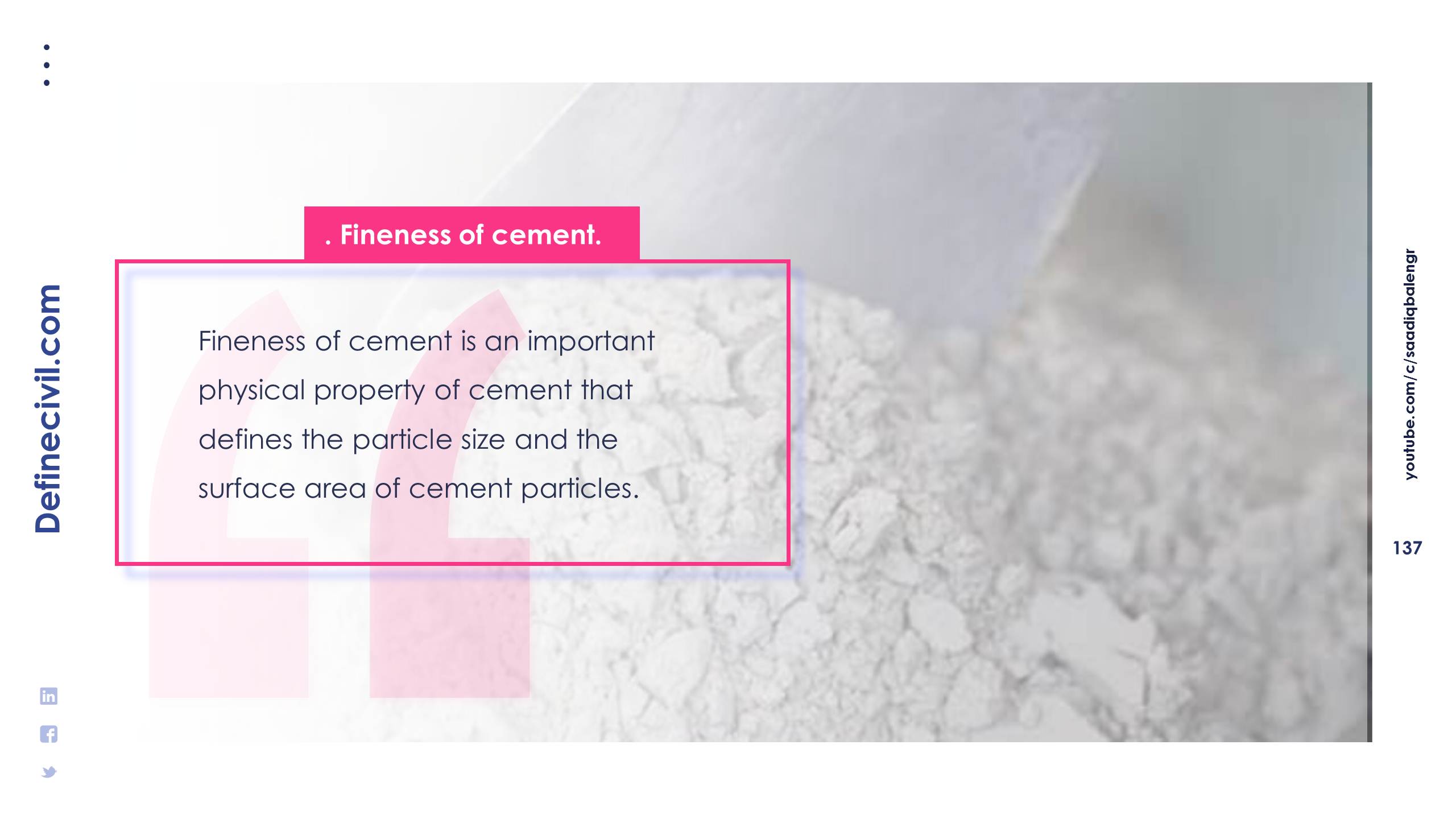What is Prestressed Concrete? – Pre tension – Post Tension – Applications
Prestressed concrete is the most extensively used form of structural concrete beside conventional reinforced concrete. In process of prestressing, we enhance the tensile strength of the structural element like a slab or beam. We introduce tensions steel wires or cables that induce compression in the concrete. We do this process before applying the external load … Read more








